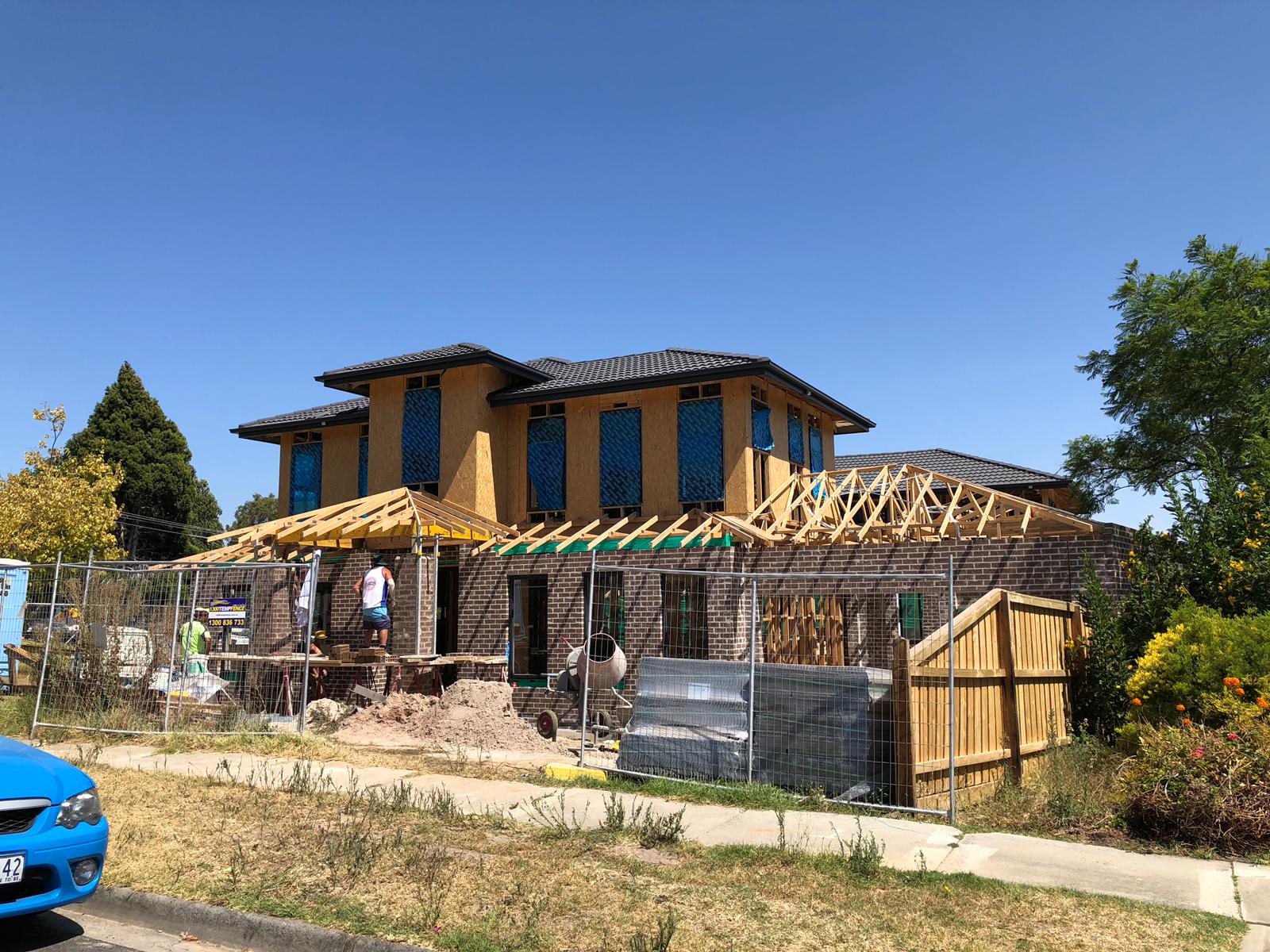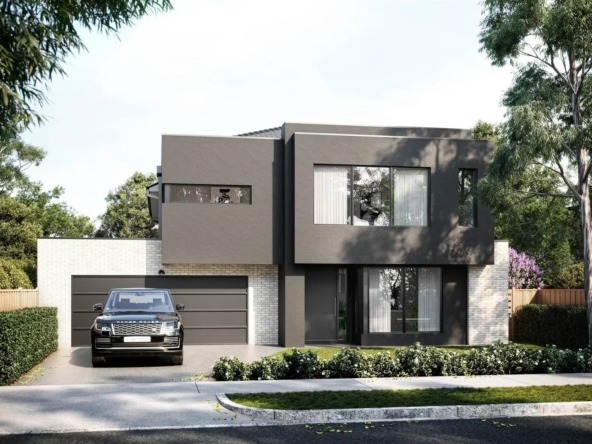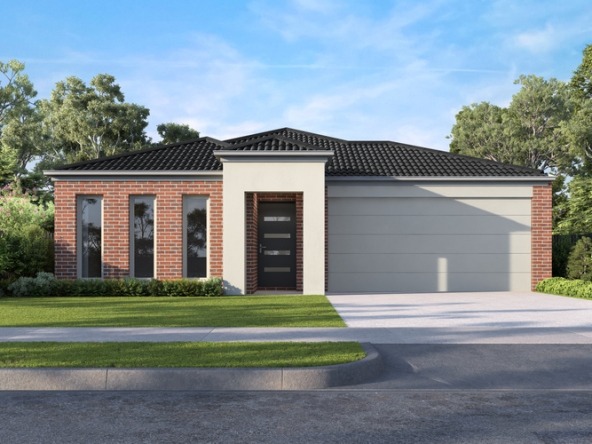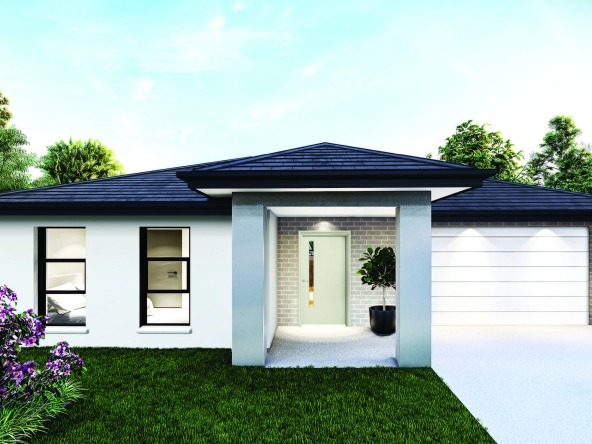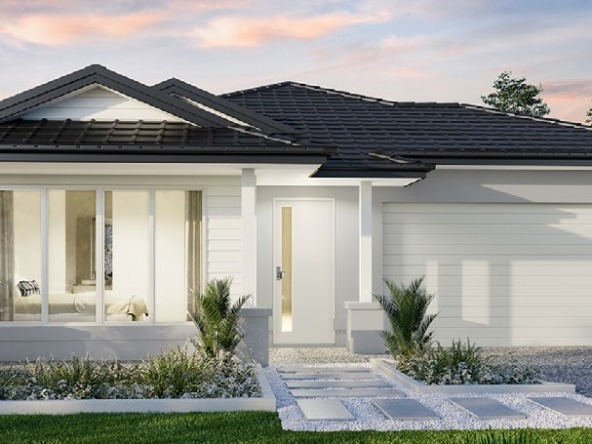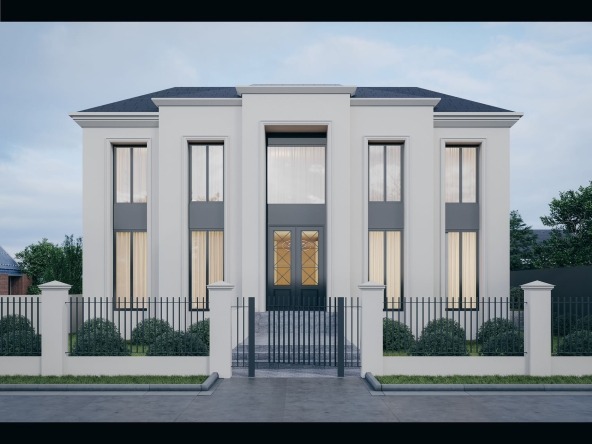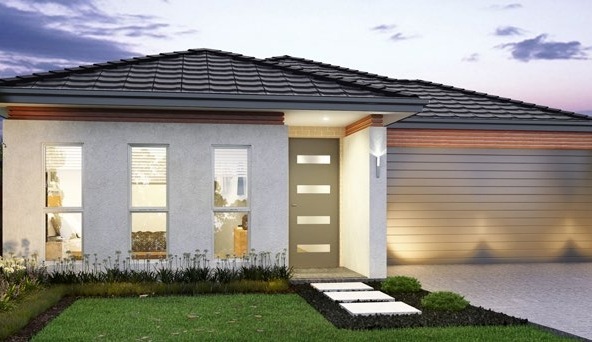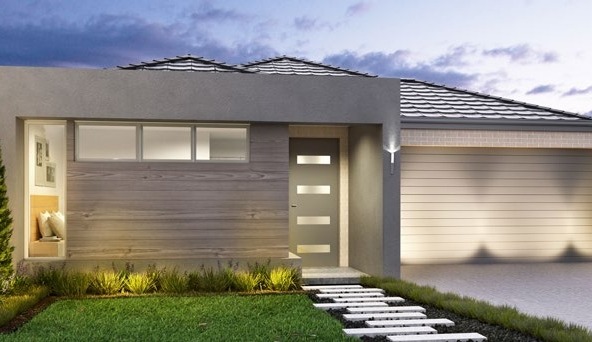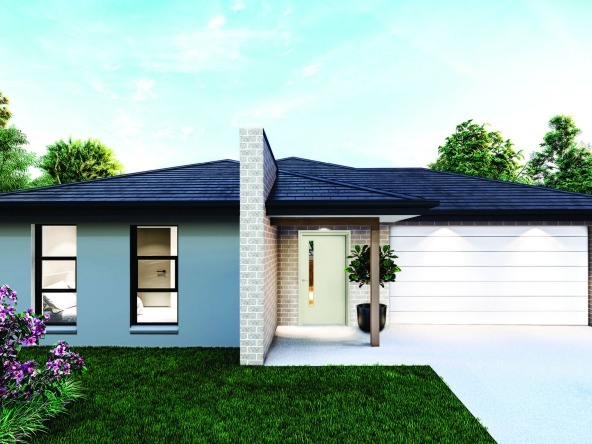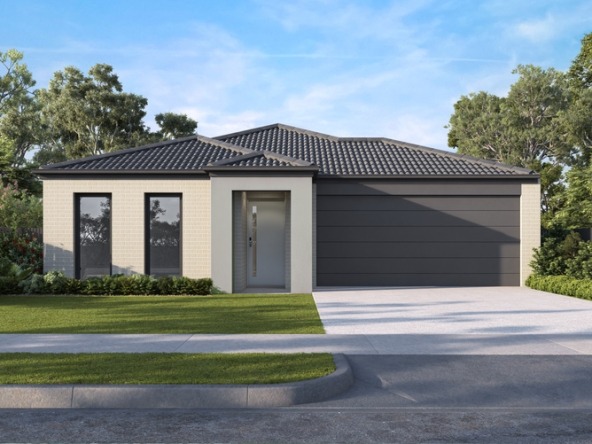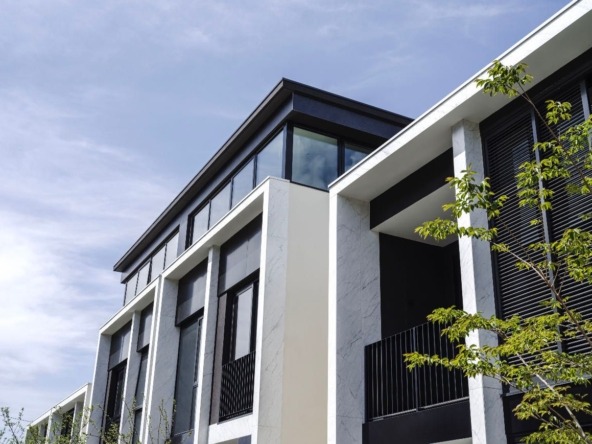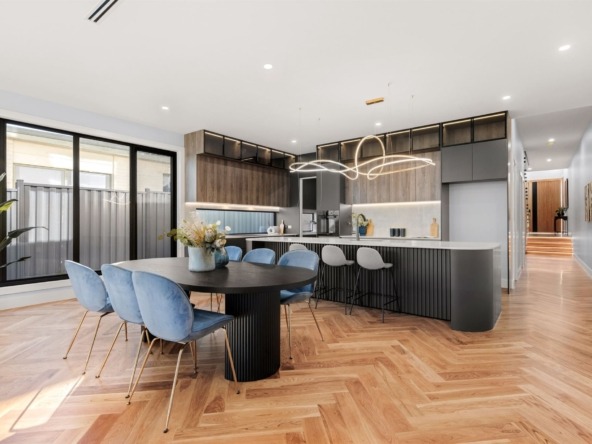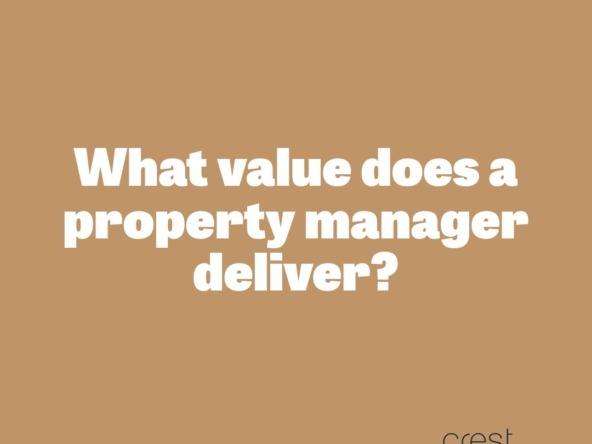External cladding materials are a cost-effective and appealing way to provide another protective layer to your home.
The primary purpose of installing cladding on your home is to:
- Protect it from the weather
- Add greater insulative properties to your home
- Improve the aesthetic appeal
- Improve sound and thermal insulation
Cladding was a relatively unknown subject to many outside the building industry, but the topic heated up in 2017, where an unfortunate fire broke out in a London building leading to a traumatic death of seventy-two people. Our prayers go out to the people and families been devastated by the event.
Since the event, residents are seeing a significant value in the drop of their property because of the cladding that has escalated the fire at an alarming rate. It’s believed residents are also facing bills of up £40,000 (approx. $75,000 AUD) each to remove the cladding. Thankfully insurance is fetching the bill, but there is plenty of noise in our home turf on Melbourne.
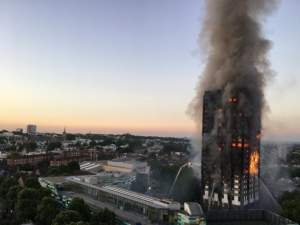
Grenfill Fire Disaster – London 2017. The fire resulted in 72 deaths. It’s believed the fire worsened significantly by flammable cladding
In early February 2019 another building caught on fire… This time a high-rise building located on Spenser Street, Melbourne. There were no injuries reported at the scene, but hundreds of residents were evacuated in the early hours of the morning. The MFA fire chief Dan Stephens told the Herald Sun that the building had the same type of cladding used on the same building in London. The cladding is said to include aluminium composite materials.
The Victorian premier Daniel Andrews is confident that the Victorian Building Authority (VBA) will continue to conduct regular reviews on building throughout the state. The VBA regulates building and plumbing practitioners to ensure the achievement of efficient and competitive building and plumbing industries in Victoria.
These audits have been progressing well throughout the year, but in the event, they find a cladding issue, it looks as thought he responsibility and costs are bound by the landlord. Insurance companies have provided support to fetch the bills in Melbourne, but we have heard recently that insurers are looking to change their terms and conditions to reduce or eliminate their exposure to cladding rectification. This will ultimately lead to the landlord forking out the entire costs.
Crest Property Investments continues to follow this issue closely. If you are concerned about the building materials used on your property, these buildings usual have an owner’s corporation (OC – previously known as a body corporate). We urge all landlords and tenants to reach out and contact your OC. They will be obliged to co-ordinate with the VBA audits and can/will advise you of the outcome.
At Crest Property Investments we are highly mindful of this issue. It’s not only dangerous to use due to its highly inflammatory exposure, it may cause a devaluation in your property if the landlords are unable to pay to fix it. As part of our due diligence and recommendations to source properties for buyers, it’s a mandatory practice to avoid these types of assets. If you’d like support in making the right purchase, please don’t hesitate to contact us.
While we have taken care to ensure the information above is true and correct at the time of publication, changes in circumstances and legislation after the displayed date may impact the accuracy of this article. If you want to learn more, please contact us. We welcome the opportunity to assist you.
Mar 2019

